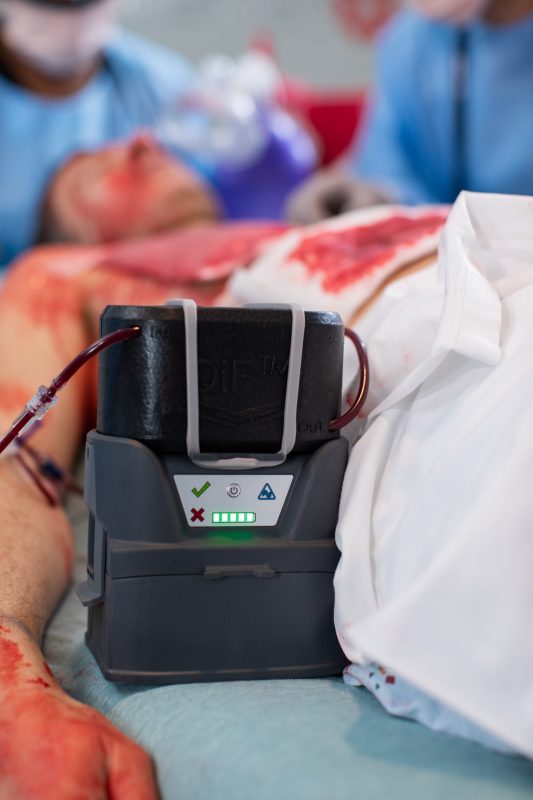General
Your Agency Can Reduce 30-Day Mortality by 37% Simply by Implementing Prehospital Blood Delivery, Study Says
Nearly a third of those who die from traumatic injury do so from bleeding.2 Delivery of blood products in the field can have a significant impact on restoring homeostasis and adequate blood pressure, stabilizing the patient for hospital transfer. Studies have shown that prehospital blood resuscitation has resulted in a 37% reduction in 30-day mortality among civilian patients contending with severe injury.1
“The train driving prehospital blood programs in the United States has already left the station,” said Ariel Katz, Quality In Flow (QinFlow) CEO. In the recent Whole Blood Coalition webinar held in March 2023, he estimated that over 300 ground and air EMS agencies and fire departments in the United States are now carrying blood products, a tenfold increase in just five years. He estimated that that this rapid growth rate will prevail over the next few years. Further, he estimated that roughly 10,000 patients received warmed blood products in the field in 2022, with the majority delivered using QinFlow Warrior blood and fluid-warming technology.
San Antonio Fire Department, largely known as the gold standard in mobile transfusions, is an example of a fire department that implemented a prehospital blood program. They announced last year they reached a milestone of having treated 1,000 patients since program inception, in late 2018. Similarly, Memorial Hermann Health System’s LifeFlight shared that they delivered over 300 units of blood in 2022, and well over 3,000 since program inception, approximately 10 years ago. Both these agencies utilize the Warrior blood-warming technology to warm the blood prior to transfusion to patients.
Its superior performance was recently acknowledged by Kristi King, flight nurse with Memorial Hermann Health System’s LifeFlight, who shared this about her experience with Warrior lite. “As an active user of this product on a daily basis, I cannot recommend Warrior lite enough. Same disposable unit, compact, lightweight, fits all tubing types, smart technology, and warms quickly at rates from KVO to boluses under 300 mmHg of pressure. Our battery choice warms 180mL/min; up to 3 liters of near freezing blood/fluids on one charge, and each aircraft carries two devices! From blood to fluids, this field-operated, portable warming device assists us with saving lives, every single day,” said King, RN | CFRN | CCRN | CVRN-BC | LIC-P | NRP.
To assist agencies in onboarding, QinFlow also provides blood onboarding consulting to help agencies establish their own prehospital blood program, including logistics and methods considerations, blood bank engagement, and more. Learn more by going to www.qinflow.com/onboarding-program.
For more information on the Warrior line of blood and IV fluid warmers, please visit: www.qinflow.com/fdic or stop by FDIC Booth #19.
References
- Berry C, et al. Prehospital Hemorrhage Control and Treatment by Clinicians: A Joint Position Statement. Prehospital Emergency Care. Mar 2023.
- Levy M, et al. A framework for the design and implementation of Stop the Bleed and public access trauma equipment programs. J Am Coll Emerg Physicians Open. 2022 Oct; 3(5): e12833.

